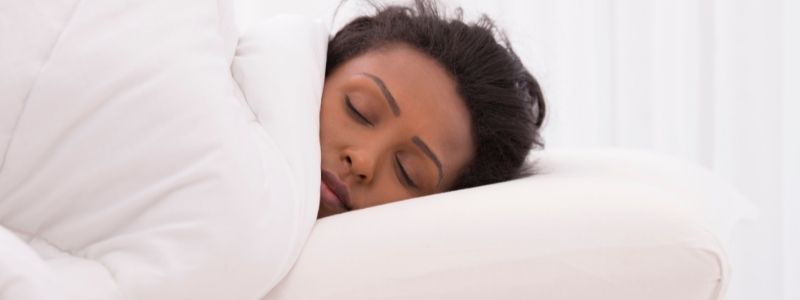Apnea Pillow
Contents
Manufacturers and retailers alike speak very highly of memory foam pillow benefits for apnea sufferers — as do many doctors. Memory beds also appear to help reduce snoring.
But what do apnea sufferers who actually sleep on these surfaces think? Does memory foam bedding really help?
Visco Memory Pillow Types
A comfortable pillow that properly supports the neck and head is extremely important, especially since side-sleeping is recommended with a sleep condition like apnea. But there are two types of memory pillows.
Neck pillows — also known as cervical or contour pillows — are designed to cradle the neck and head and provide proper spine support. You can easily tell memory neck pillows apart by their double-curve, valley-shape design.
Visco foam pillows also come in traditional shapes. Whichever the shape, good quality foam pillows soften at body temperature and closely contour to your neck and head to improve comfort and support. But is this really enough to provide apnea relief?
Many apnea sufferers agree that contour neck pillows are better for side sleeping than the traditionally shaped ones because of their ergonomic design and their slightly elevated top. Both types, however, can pose problems for those using CPAP or similar machines and masks.
Pillow Problems
One of the most common apnea-related complaints about these pillows is that they are too firm and push the mask against the face causing headaches and making the nose sore. They may also cause the mask to shift during sleep leading to leaks.
Of the two, memory contour pillows are less likely to cause mask movement than the traditionally-shaped ones are, but more likely to do so than really soft, traditional pilows. A viscoelastic foam pillow that doesn’t soften enough can have several causes:
- A cool sleeping environment can delay the heat-responsiveness of the memory foam, making it feel firmer at first.
- Some so-called memory foam pillows are not made of true heat-responsive viscoelastic foam and will not soften at body temperature.
- Good quality pillows like Tempur-Pedic’s neck pillows are made of high-density foam which can take a while to ‘give’. During the breaking in period, they may feel quite firm.
Another common problem with some memory pillows is lack of tall, firm edge over which you can suspend the mask when side or tummy sleeping. The better the quality and the higher the density of the foam, the firmer should the edge of the pillow feel.
Solving Problems Associated With Tempur-Pedic Pillows
Although a nuisance to many apnea sufferers, some memory foam pillow-associated problems may have solutions:
- If you’ve not used a CPAP or similar mask before, it’s best to wait a while before using a Tempur-Pedic pillow. Adjusting to the CPAP and the Tempur pillow at the same time is much more difficult than adjusting to the CPAP first and then to the contour pillow.
- Many apnea sufferers have found that they can change the sleeping angle to increase comfort if the memory pillow feels rather firm. One reported solution is sleeping with your head not quite on its side (about 85 degrees off-center rather than 90 degrees).
- Some apnea sufferers who use Tempurpedic pillows found a way to avoid mask shifting during sleep by tightening the straps — but that may not be very comfortable.
- A rather radical solution to the Tempur-Pedic pillow pushing against the mask is cutting out a ‘c’ shaped section to leave room for the mask and hose.
- Sleeping on an elevated surface is also said to help with apnea. Many people have found that placing a wedge-shaped piece of foam under the pillow can help. Unfortunately, an elevated surface can make side or tummy sleeping uncomfortable.
Before deciding on this type of pillow, know that there is only one proven benefit of memory foam. Whether it’s enough to ensure a comfortable sleep, only you can tell.

